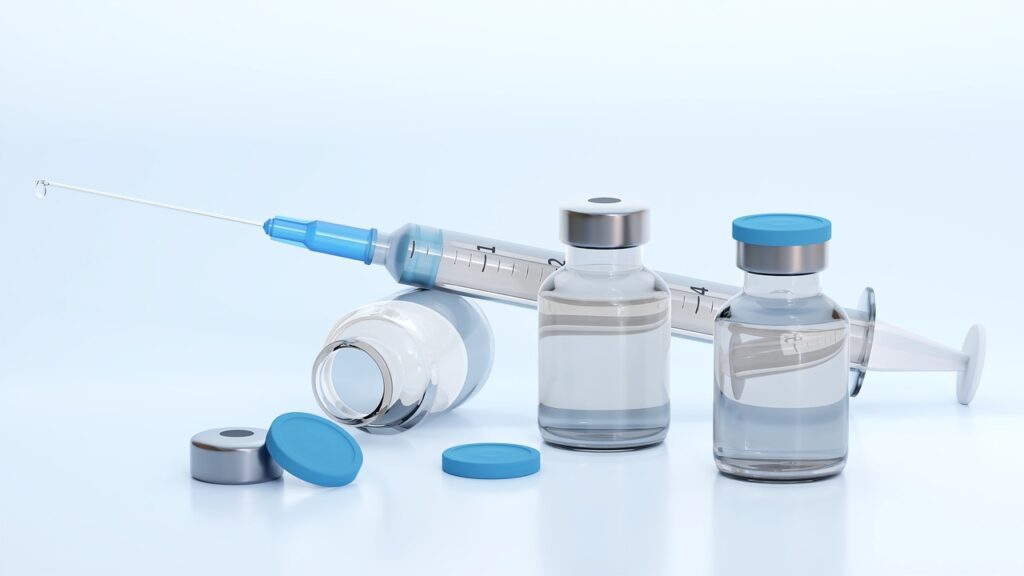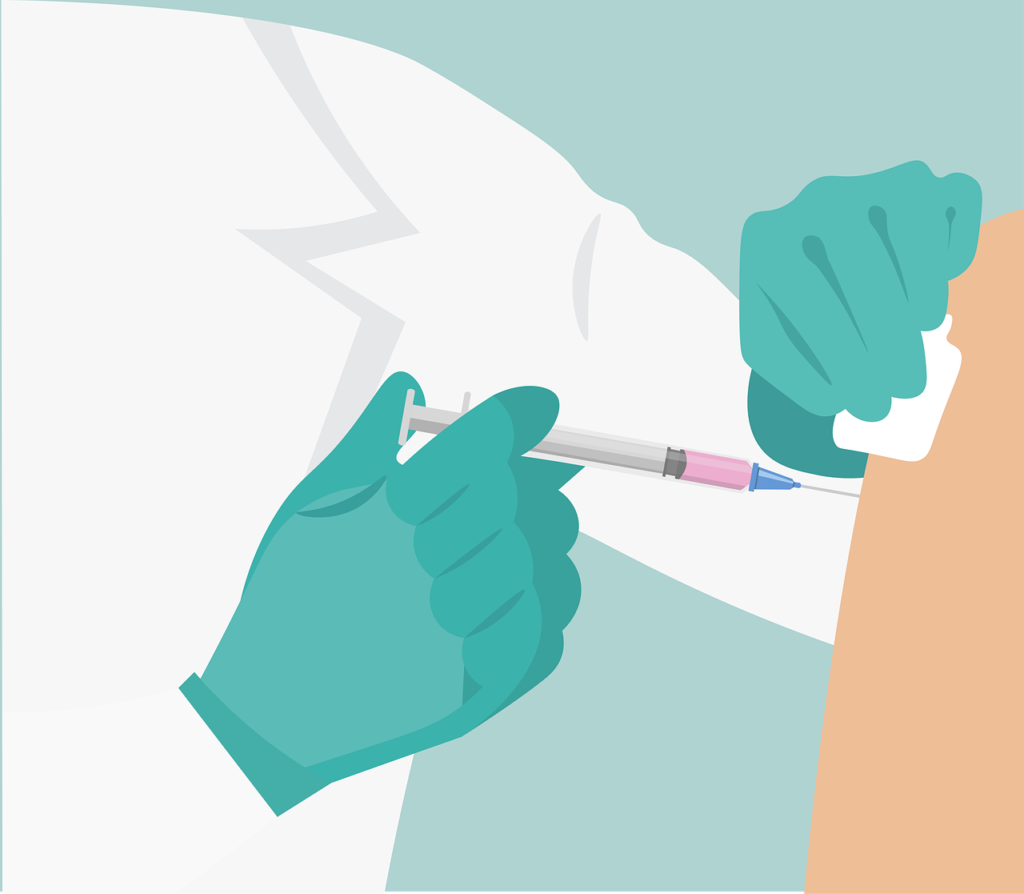Why Boys Should Get the Shot Too?
Introduction: Understanding HPV and Its Implications
Human papillomavirus (HPV) infection is one of the most common viral infections in sexually active population. This virus is a leading cause of several cancers, most notably cervical cancer in women, but it also significantly contributes to penile, anal, and oropharyngeal (back of the throat) cancers in both men and women. Nearly all sexually active individuals will contract at least one type of HPV at some point in their lives, often without any symptoms. While the immune system clears most HPV infections naturally, persistent infections can lead to serious health issues, including cancer and genital warts. Given the asymptomatic nature of the virus and its potential for severe consequences, widespread vaccination becomes crucial, right?

HPV and Cancer: Is it That Big of a Deal
HPV is a group of more than 200 related viruses, with over 40 types transmitted through direct sexual contact. As we have already stated this virus is the primary cause of several cancers, most notably cervical cancer in women, but also penile, anal, and oropharyngeal (back of the throat) cancers that affect both genders. Cervical cancer is by far the most common HPV-related disease with about 99.7% of all the cervical cancer cases caused by persistent genital high-risk HPV infection. The virus’s ability to cause such a wide range of cancers in both men and women underscores its significant public health impact. Additionally, HPV can cause genital warts, which, while not life-threatening, can lead to substantial physical and emotional distress.
The Situation in the Balkans
The Balkan region has seen varying levels of success with HPV vaccination programs. Cultural, economic, and educational barriers often hinder widespread vaccination efforts. In countries like Bosnia and Herzegovina, Serbia, Albania, and North Macedonia, the focus has predominantly been on vaccinating girls to prevent cervical cancer. However, this approach overlooks the broader benefits of vaccinating boys, which include reducing the overall transmission of HPV and preventing other HPV-related cancers.
Importance of Vaccinating Boys
As already stated HPV is known primarily for causing cervical cancer in women. However, its impact extends beyond this, affecting both genders and leading to various types of cancers and genital warts. Despite this, public health efforts have predominantly focused on vaccinating girls, often neglecting the broader benefits of including boys in these programs. Vaccinating boys is essential not only for their direct protection but also for reducing the overall transmission of the virus, thereby safeguarding the health of the entire population. Let us examine some of the prevailing arguments supporting the vaccination of boys against HPV.
Preventing the Spread of HPV
Vaccinating boys helps reduce the transmission of HPV to their sexual partners, which in turn lowers the incidence of HPV-related cancers in women. An article published in the National Library of Medicine underlined that gender-neutral vaccination programs will reduce HPV infections transmitted among the population, combat misinformation, minimize vaccine-related stigma, and promote gender equity.

Protecting Against HPV-Related Cancers
Vaccinating boys against HPV provides critical protection against a range of cancers caused by the virus. HPV is known to cause not only cervical cancer in women but also a significant number of other cancers that affect both genders. Among these, oropharyngeal cancer, which affects the back of the throat, including the base of the tongue and tonsils, is of particular concern. The incidence of oropharyngeal cancer has been rising, especially among men, and HPV is a major contributing factor. By vaccinating boys, we can help curb this increasing trend, providing them with direct protection against these potentially deadly cancers.
Encouraging Comprehensive Health Education
When boys are also targeted for HPV vaccination, it naturally extends the conversation about the virus, its transmission, and its potential health impacts beyond just cervical cancer. This inclusive approach encourages comprehensive discussions about HPV and other sexually transmitted infections (STIs), which are crucial for dispelling myths and reducing stigma surrounding these topics. Furthermore, these discussions can lead to increased awareness of the importance of vaccination and preventive healthcare in general. According to the Centers for Disease Control and Prevention (CDC), education plays a pivotal role in the success of vaccination programs by increasing public acceptance and participation.
Challenges and Solutions in the Balkans
Implementing gender-neutral HPV vaccination programs in the Balkan region faces several challenges and obstacles. These barriers are multifaceted, including cultural, economic, educational, and logistical issues that hinder the widespread adoption of vaccination for both boys and girls.
Cultural Resistance
The entrenched gender norms in the Balkans often dictate that sexual health education and interventions are more appropriate for women. This is because cervical cancer, which is directly linked to HPV, is seen as a female-specific issue. Addressing these cultural barriers requires a concerted effort to reshape public perceptions and norms surrounding sexual health and HPV. This includes implementing comprehensive sexual health education programs that are inclusive of both genders and culturally sensitive. Additionally, public health campaigns need to emphasize the importance of vaccinating boys, not only for their own health but also for the broader goal of reducing HPV transmission within the community. Engaging community leaders, healthcare providers, and educators in these efforts can help to overcome resistance and promote a more inclusive approach to HPV vaccination in the Balkans.
Financial Burdens
Balkan countries often allocate limited resources to healthcare, making it challenging to fund comprehensive vaccination programs, including HPV vaccination for both genders. Governments and international organizations should allocate more resources to healthcare, including funding for comprehensive vaccination programs. Investing in preventive measures like HPV vaccination can ultimately reduce healthcare costs associated with treating HPV-related diseases. Incorporating HPV vaccination into school-based immunization programs can improve coverage rates among boys. Schools can serve as central hubs for vaccine delivery, reaching a large portion of the target population and reducing logistical barriers.
Lack of Awareness
Many people, including parents, caregivers, and healthcare providers, may not fully understand the risks of HPV-related diseases in boys. Implementing educational campaigns targeting those professionals can raise awareness about HPV and its potential risks for boys. These campaigns should provide clear, accurate information about HPV-related diseases in males and emphasize the importance of vaccination for both genders. Engaging community leaders, religious institutions, and other local organizations can help disseminate information about HPV vaccination and address cultural or social barriers to vaccination acceptance among boys.
Conclusion:
The HPV vaccine is a critical tool in the fight against HPV-related cancers and genital warts. While efforts have traditionally focused on vaccinating girls, it is essential to adopt a gender-inclusive approach that also targets boys. This is particularly important in the Balkan region, where cultural, economic, and policy challenges exist. However, the importance of including boys in vaccination programs cannot be overstated. HPV is not solely a female-centric issue; it poses risks to individuals of all genders. Addressing cultural resistance in Balkan requires reshaping public perceptions and norms surrounding sexual health and HPV through comprehensive sexual health education programs and inclusive public health campaigns. Engaging community leaders and healthcare providers can help overcome resistance and promote a more inclusive approach to vaccination. Implementing comprehensive and inclusive gender-neutral vaccination programs in the Balkans will not only safeguard the health of future generations but also contribute to the global effort to eradicate HPV-related diseases and move towards cancer-free society.
Keywords: HPV Vaccination, Gender Inclusivity, Balkans, Cancer Prevention, Public Health Education